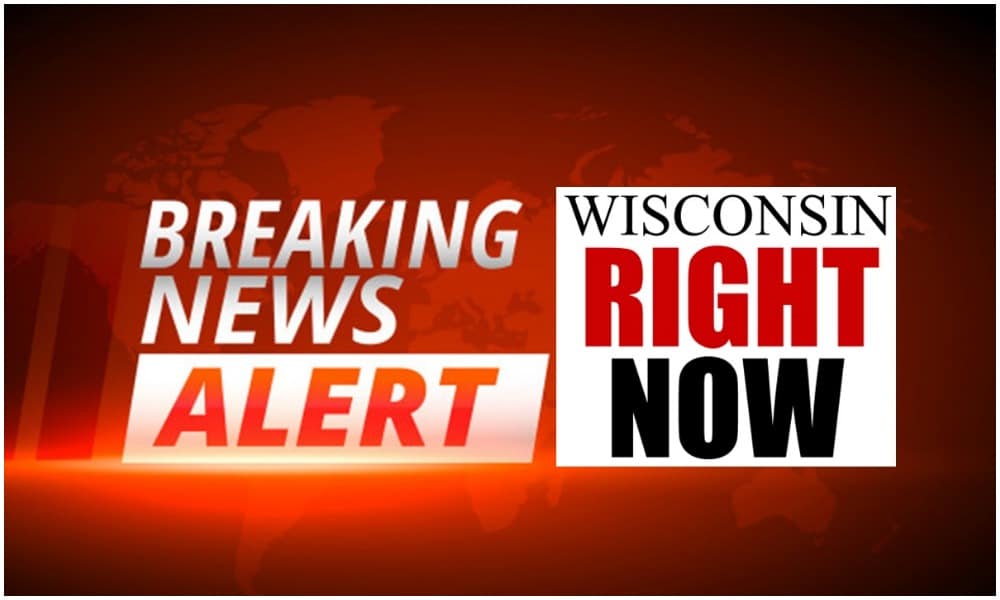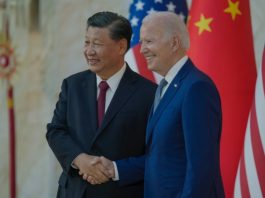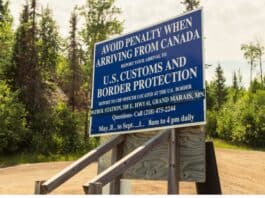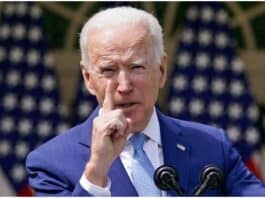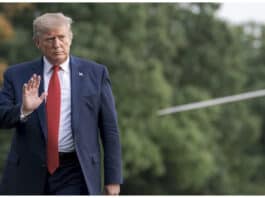But the vaccine that will quell COVID-19, a virus that has killed 400,000 nationwide, crippled businesses and prompted governments to force onerous restrictions on the public, gets no mention.
On Interstate 59, a neon billboard used by the Alabama Department of Public Health advises motorists to get their flu and pneumonia vaccines. Placards placed atop gas pumps around the state also promote the flu vaccine.
Alabama, though, has plenty of medicine and many residents wondering how to get it. Records show that the state has received 444,000 doses of the vaccine as of Friday, and has vaccinated 100,000 people, using around 23% of its allotted doses.
Karen Landers, a spokeswoman for the Alabama Department of Health, said the state has “no specific marketing campaign going on” because “the vaccine supply is less than the demand, here and nationwide.”
The failure of Alabama and other states around the country to launch vaccine advertising campaigns – touting the medicine’s efficacy and informing people how and where they can receive it – is creating potentially life-threatening confusion.
Across the U.S., 31 million doses of the COVID vaccine have been distributed as of Friday, according to the Centers for Disease Control and Prevention, while states have administered 12 million, around 38%. The vaccine produced by pharma giants Moderna and Pfizer are two-dose treatments that provide up to 95% protection.
But for now the lack of advertising is striking because local and federal government agencies routinely spend large sums on public health campaigns – including warning people how to behave in response to COVID-19.
President Joe Biden has pledged to spend more money on vaccinations, allocating $400 billion in a plan that includes using local pharmacies (a feature borrowed from the Trump administration) and mass vaccination centers. Biden said the push will include a public awareness campaign aimed at promoting the importance of getting inoculated.
One of the challenges of the COVID vaccine, as with Obamacare, is connecting with people who are hard to reach, including those without internet service or who aren’t avid news followers.
The Obama administration spent $684 million driving awareness of the Affordable Care Act starting in 2013, although it was dogged by the rollout of a federal web portal widely viewed as disastrous. The pharmaceutical industry spent $9.5 billion on digital advertising alone in 2020, according to researcher eMarketer.
By contrast, when the virus emerged last spring, local governments quickly took to the airwaves with ads urging people to “stay home, stay safe,” collectively spending millions of dollars on multi-platform announcements, including government-produced signage distributed to businesses notifying patrons that masks were required for entry.
Yet while the vaccine is in the early stages of distribution, information on what it does and how to get it can only be found at the websites of state and county health departments.
When a Walgreens in Louisville, Ky., found itself sitting on vaccine ready to expire, it made a public announcement that anyone could get the vaccine. The store was subsequently overwhelmed.
The lack of comparable information about the vaccine is contributing to supply and demand mismatches.
In Michigan, under some of the most onerous shutdowns in the U.S. ordered by Democratic Gov. Gretchen Whitmer, the lack of an information campaign has confused the public.
For that last-minute move, the store was criticized by Democratic Gov. Andy Beshear, who said the vaccine needed to be held for people who deserve it in accordance with CDC guidelines.
States were presented in October with a 57-page guide to prepare to distribute the vaccine, including two pages devoted to how to drive awareness among the public.
“No one here even knows that there is a vaccine available,” said Joel Fragomeni, a Detroit-based comedian who volunteered for AstraZeneca’s clinical trial of its COVID vaccine, which is expected to be approved in the spring. “People are still mostly locked down waiting for the weekly cases report to see what can be opened and closed.”
It is not clear why the states or the federal government have been slow to advertise availability. Some experts say the unprecedented speed with which the medicine was developed may have caught authorities unprepared as they were preoccupied with other aspects of the pandemic.
Among the suggestions: “Keep the public, public health partners, and healthcare providers well-informed about COVID-19 vaccine(s) development, recommendations, and public health’s efforts.”
In Illinois, Gov. J.B. Pritzker’s office in August signed off on a $5 million ad campaign to promote masking. But the governor’s website homepage makes no mention of the vaccine, listing only new positive case rates. The state is sitting on 43% of the 1 million vaccine doses it has received and has yet to spend anything on vaccine awareness.
In addition, broad confusion over who should get the first available doses has made messaging difficult.
New York has used less than half the vaccine it has been given, as people seek information on how and where to sign up to receive a dose.
New York City in April launched a $10 million campaign advising residents how to behave as the virus spread. The state launched an additional campaign in July urging residents to wear masks.
Newsom’s office last issued a statement on the vaccine in late December, noting that California would partner with CVS and Walgreens to inoculate residents of long-term care facilities. Since then, information has been so scarce that residents have begun to crowdsource details.
California spent millions on billboards, social media and broadcast spots in July telling people to wear masks and keep away from each other, promoting the campaign in a press release on Gov. Gavin Newsom’s home page.
National television spots urging viewers to get a vaccine for shingles – which kills roughly 100 people a year – are in full rotation in places like the Weather Channel.
The Ad Council and the CDC continue to run 60-second announcements on CNN’s Headline News urging people to stay home, avoid businesses like restaurants and bars and distance from each other.
Last week, the council announced it had not yet met that goal, although it promised a campaign was forthcoming.
The Ad Council, a consortium of private firms started during World War II that produces ads for the public good, has co-produced ads since the beginning of the pandemic advising people to stay home, keep away from each other and wear masks. In November it promised a $50 million campaign to drive awareness of the vaccine.
Polls contend many Americans are reluctant to take a vaccine, with the perhaps most politically opportunistic naysayer being Vice President Kamala Harris, who in October said she wouldn’t take it if President Trump were telling her to. She was vaccinated in December.
In an email, Ad Council spokesman Ben Dorf said that “even while many Americans have already started the vaccination process – we recognize that there is currently a lack of confidence and credible resources for people to go to, leading to mass hesitation, fear, misinformation and complacency.”
“This is the biggest issue of our lifetime and it requires an effort like never before, in terms of size, scale, speed and urgency,” he wrote.
Dorf promised advertising in the future, although he specified no time.
Pfizer, Moderna, Walgreens and CVS did not respond to calls and emails requesting information on marketing plans for the vaccine.
Emails to the CDC were referred to the U.S. Department of Health & Human Services, which did not respond.
Steve Miller / RealClearInvestigations
Go to Source
Reposted with permission
